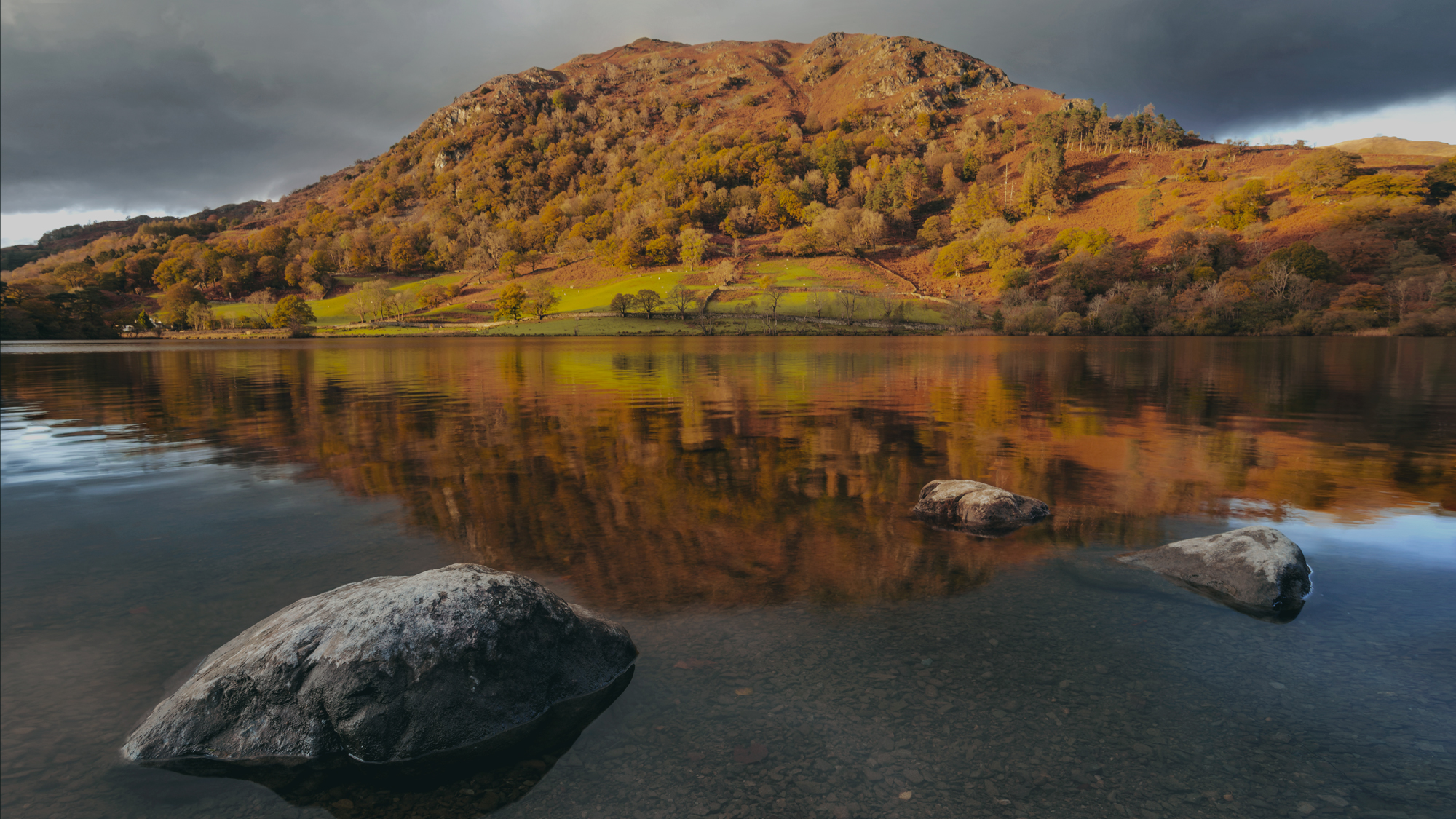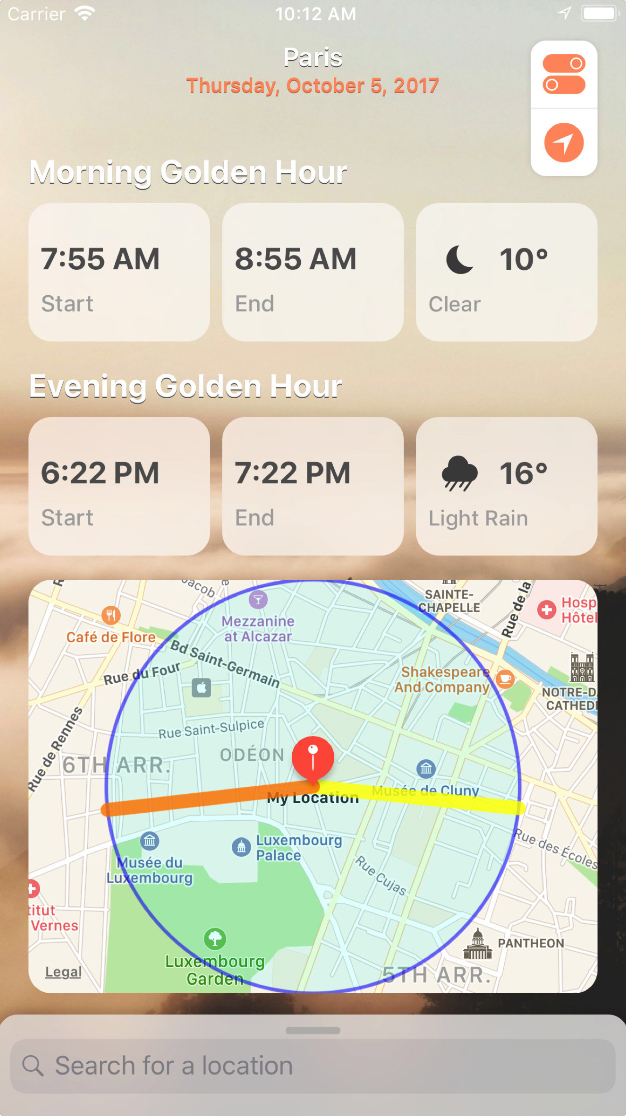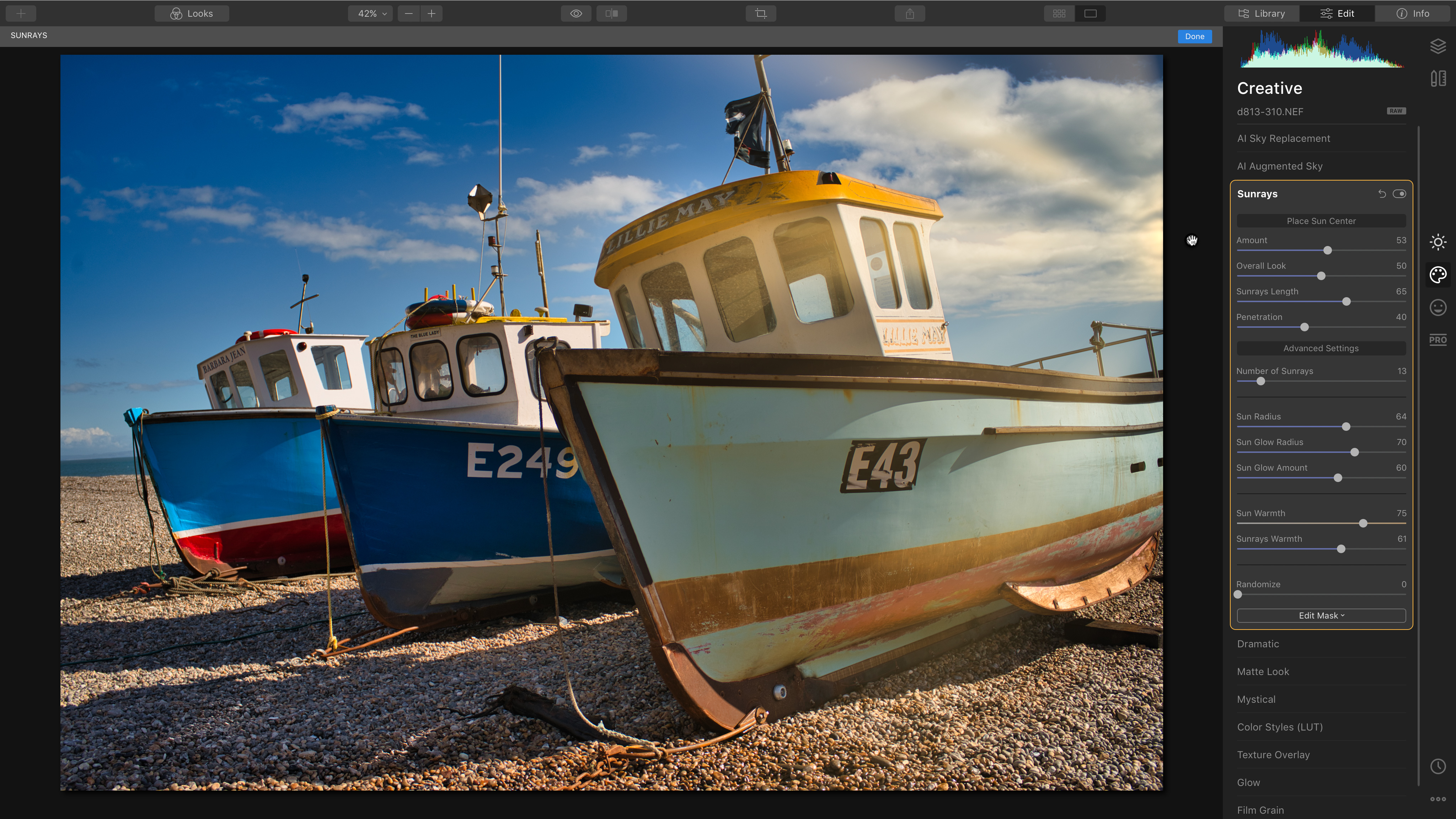
Photography is all about light and the way it illuminates the scened. In many instances, as photographers of the natural world we’re looking for the most appealing light, so our image is more eye-catching for the viewer. The Golden Hour is traditionally the period when light is at its best, and this is early and late in the day. Of course, it doesn’t mean conditions are always best then, but when they are it’s possible to shoot some spectacular photos.
The Golden Hour is a relatively short period of time that is roughly 60-minutes post-sunrise and 60-minutes pre-sunset. During these periods the sun is lower in the sky, and often warmer – hence the reference to golden. When the sun is low, then the natural light it emits is much more directional – so we get interesting textures and long shadows. Light is also softer so it’s a quality that is appealing to look at.
Golden hour shooting tips

The exact period of the Golden Hour depends on location and time of year, and there are Golden Hour Calculator Apps that allow you to work out the timing with precise accuracy. However, if you just take a chance with your photography and make sure you concentrate on the general period after sunrise and before sunset, then you’ll give yourself maximum chances of being in the right place at the right time to experience its magic.
When shooting during the Golden Hour, it’s important to make the most of the beautiful light and its effect on your surroundings. During these periods the light is directional but less intense, so there are several things to consider. Firstly, shutter speeds will be slower than when the sun is brighter and higher in the sky, so the use of a tripod may well be necessary to avoid the curse of camera shake.
Golden hour lighting

Your position in relation to the light also needs to be considered. Long shadows mean that if you are shooting with a wide-angle lens and the sun is behind you, then yours and the tripod’s shadow could be in the frame, so watch out for it. If you are shooting into the light (also known as contre jour), which is a great technique for the Golden Hour, then be aware that the low sun can put flare into your frame. While this can look great, if you want to avoid it, then make sure you have a lens hood on and shield the top of the lens with your hand.
Finally, the whole point of getting up early or staying out later, is to capture the natural warmth of the Golden Hour so it would be a shame to lose it. If your camera’s White Balance is on Auto, then it’s likely this will actually lessen the warmth as the camera attempts to remove what it sees as a colour cast! Instead, make sure you are shooting with your White Balance set to Daylight to capture what’s there as faithfully as possible, or use Shade if you want to boost it even more.
Read more:
Get the Digital Camera World Newsletter
The best camera deals, reviews, product advice, and unmissable photography news, direct to your inbox!
• Best cameras for landscapes
• Best tripods
• Best lenses for landscapes
• DCW Dictionary of photography
Jon started out as a film-maker, working as a cameraman and video editor before becoming a writer/director. He made corporate & broadcast programmes in the UK and Middle East, and also composed music, writing for TV, radio and cinema. Jon worked as a photographer and journalist alongside this, and took his video skills into magazine publishing, where he edited the Digital Photo magazine for over 15 years. He is an expert in photo editing, video making and camera techniques.

